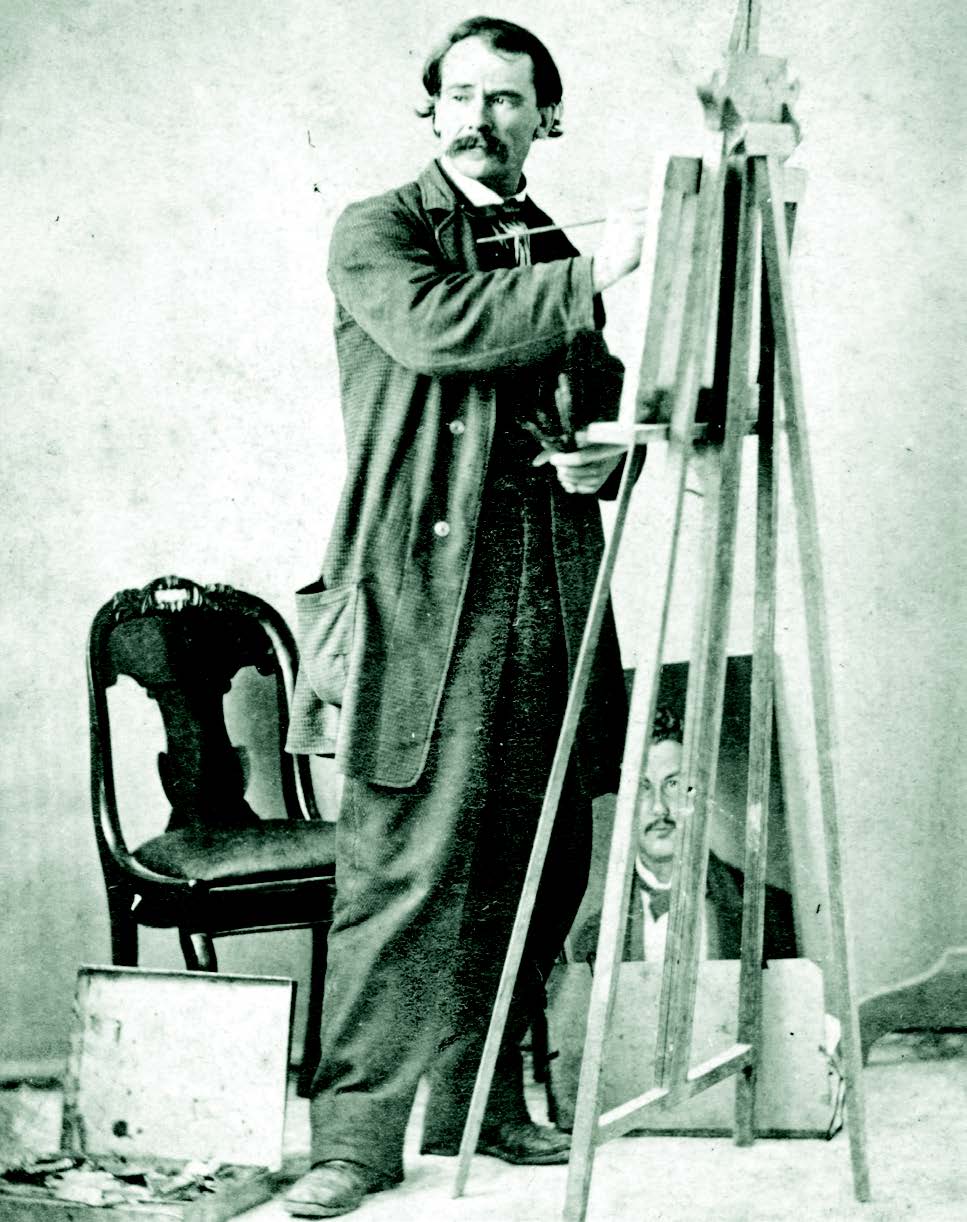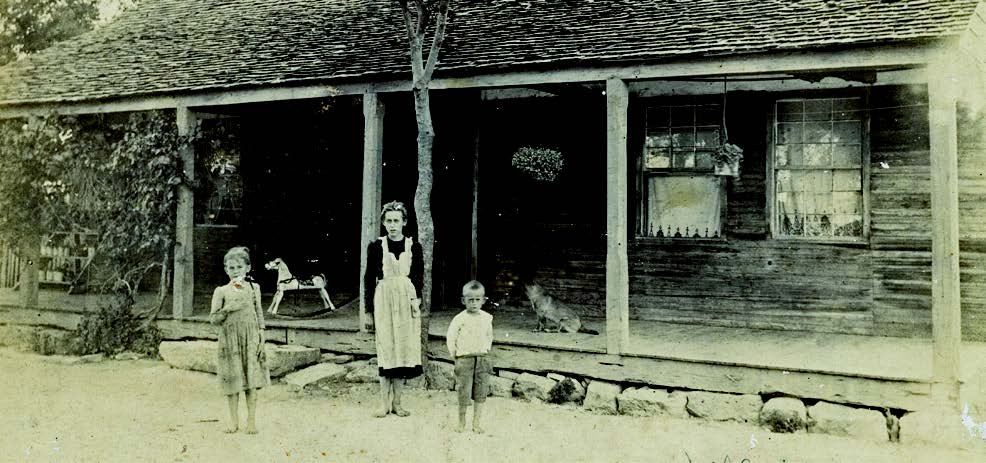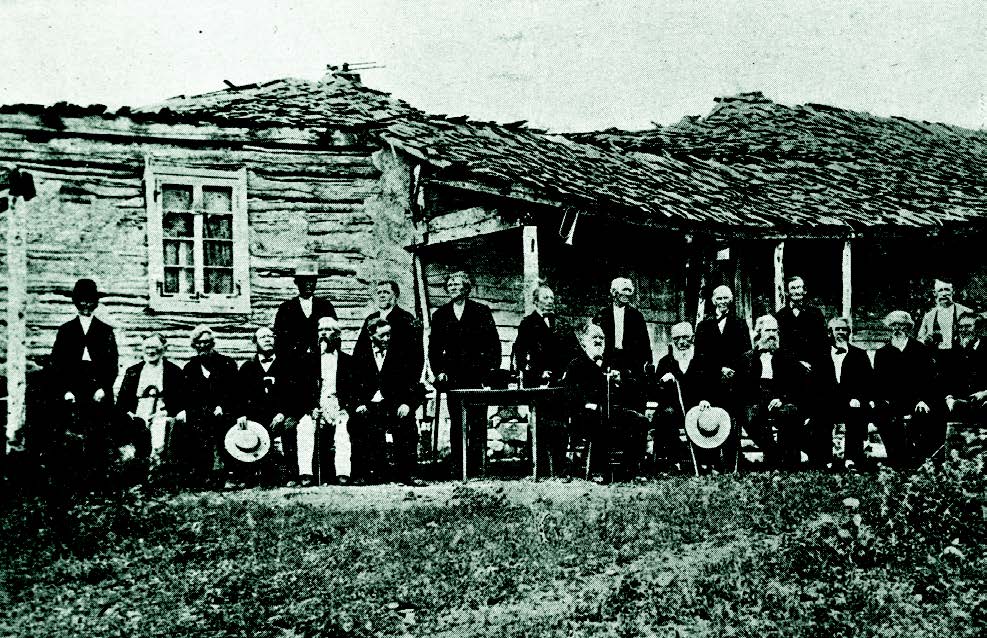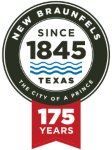Daily Life alltagsleben

Carl G. von Iwonski, circa 1850.
Picturesque glimpses of daily life in the early frontier are available thanks to artists Conrad Casper Rohrsdorf and Carl G. von Iwonski. Both artists depicted houses built of logs, or branch huts plastered with adobe, and roofs of animal skins. Much bartering took place with the Lipan, Tonkawa, Karankawa, and Hueco Indians, who were a common sight in the new settlement. Ox drawn carts were the favored transportation as oxen were cheaper than horses and not as attractive to less friendly Indians. Days were spent building, fencing, foraging, hunting, acquiring livestock, and cultivating crops.
“We are now quite content and happy. When one gets adjusted, that is, has his house finished, field fenced, and wants to use a third of his time to working, which in Europe one has to, it is better living here, than that of a farmer in Europe. I have no desire ever to go back, whoever wants to see me must come here; I do not believe that he will regret it.”
– Herbert Lux, letter, May 1, 1845

The Waisenhaus (orphanage), 1846. Considered the first orphanage in Texas, chartered in 1848 as the Western Texas Orphan Asylum.
As with most pioneering settlements, tragedy was also one of life’s realities. Several hundred died in New Braunfels’ early years due to illness, harsh winters, poor housing, and limited food. To help protect the less fortunate, an orphanage was established in 1848 by Rev. L.C. Ervendberg. The building that was the Western Texas Orphan Asylum is still standing today, owned by his descendants.

Sophienburg, a permanent fort and headquarters for the immigration association, built 1845.
Building a community naturally developed a strong sense of pride in the town’s founders. Barely a month after arriving, settlers laid the cornerstone for a larger building that would be the township’s seat of government—Sophienburg Fort (named for Prince Carl’s fiancée, Sophie, who never came to New Braunfels). Soon, the prince’s baker began selling bread, and other noblemen opened taverns, breweries, general stores, restaurants, and garden markets, along with supply and processing stores, millworks, and craft shops. New Braunfels also quickly emerged as the commercial trade center of a growing agricultural area. Its exports could be found as close as Bastrop and Victoria and as far away as New Orleans, New York, and the Nassau province of Germany. By 1850, this thriving community of 1,723 was reported to be the fourth most populous city in Texas.
